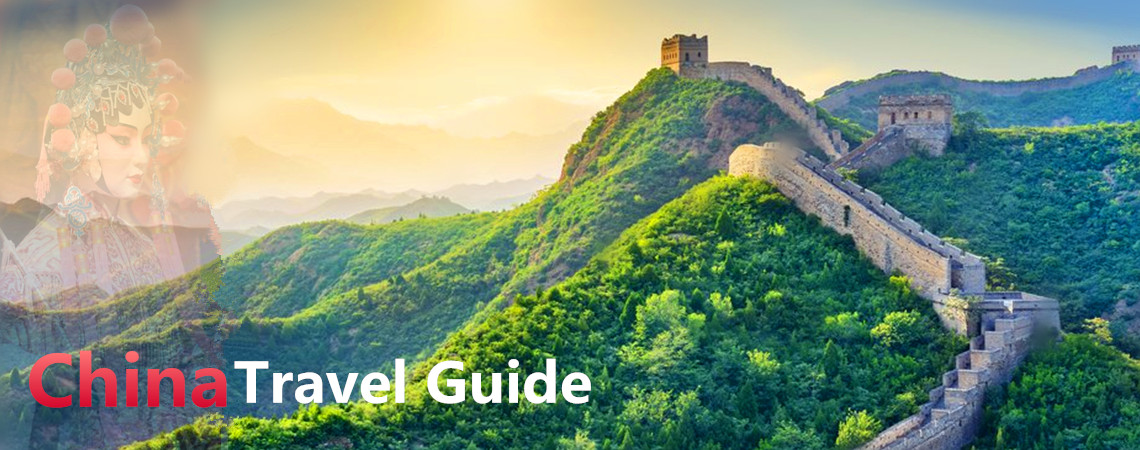China's landscape tourism resources are quite rich. By the end of 2019, there were more than 30,000 scenic spots in China, including more than 10,300 A-level scenic spots, including 285 5A-level scenic spots, 3034 4A-level scenic spots, 300 classic red tourist scenic spots, 26 national-level tourist resorts, and tourism and leisure. There are 10 demonstration cities, 110 national eco-tourism demonstration areas, more than 900 self-driving caravan camps under construction, and 16 national general aviation tourism demonstration bases.
These scenic spots can be divided from different angles. Based on their main landscapes, they can be roughly divided into the following 10t types:
1. Geographical landscape categories: mountain landscapes, karst landscapes, aeolian landforms, beaches, special geological phenomena and landform types.
2. Scenery of waters-rivers, lakes, waterfalls, springs, streams, glaciers, coastal areas, etc.
3. Biological landscapes—forests, grasslands, rare tree species, exotic flowers and plants, rare birds and animals
4. Climate and astronomical landscapes—climates and special astronomical landscapes that are suitable for summer and cold treatment, such as Taishan sunrise, Lushan cloud waterfall,
Huangshan cloud sea, and Emei Buddha light and desert, which can be encountered but are more frequent Mirage, polar aurora, etc.
5. Humanistic tourism resources: refer to the material entities created by ancient and modern humans who can attract people to carry out tourism activities, or the myths and legends and celebrity anecdotes that use them as carriers.
6. Historical relics and historical sites-historical relics, architectural ruins, grottoes, etc.
7. National culture and its carrier-mainly includes special folk etiquette, customs, festivals, national arts and crafts that are visible, sensible, and can participate.
8. Religious and cultural resources: mainly includes two types, one is the religious architectural art of visiting type, such as altars, temples, temples, views, large statues with the color of personality, and the decorations, sculptures, murals, etc. Couplets, inscriptions, etc. The other type is the place of religious activities created by these religious buildings and art itself. For example, the priests of various religions preach and pray, and there are a large number of modern tourists who visit religious temples and temples for praying to the gods.
9. Urban and rural style: a historical and cultural city with a visual image, a unique modern urban scenery, fresh and rustic rural scenery, ancient town villages, etc.
10. Modern man-made facilities: large-scale engineering and cultural facilities with distinctive characteristics, scale, and a certain special significance and influence.

 Ask Questions ?
Ask Questions ?